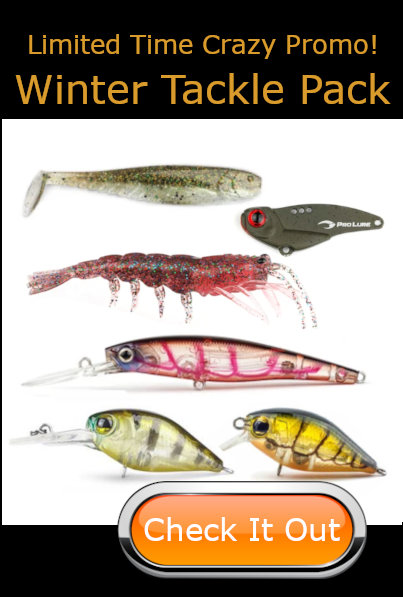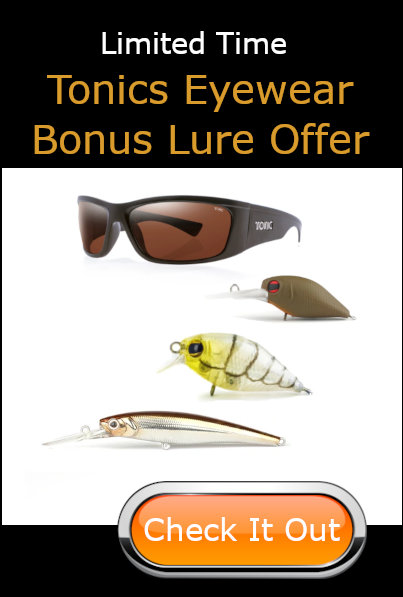
Josh Carpenter
Tournament Angler And Fishing Personality
Josh is a keen tournament angler and former fishing writer who continues has carved out a career in the tackle industry, allowing him to work at what he enjoys best. The Georges River/Port Hacking area is his back yard and one of his favourite places to fish.
Josh’s Georges River Bream Fishing Tips
- Bream transition and move around a system more than most anglers might suspect. When the tide is flowing fast it can pay to target the back of bridge pylons where fish go to shelter from the current. As the flow slows the fish will often move to the sides of pylons or onto the flat section between pylons.
- Sometimes as the tide slows the fish will move up even from deep water around bridges and move to the sides of the pylons and the flat wall areas. Sometimes even in 25 feet of water they will sometimes come well off the bottom and be receptive to a small crank worked parallel with the bridge, with the current.
- Josh is a visual addict and tends to fish the structures where he can see fish. However, he reckons it pays to become a well rounded angler and know how to fish the flats and other areas too.
- When fishing boat hulls and pontoons, Josh tunes cranks to swim a little to the left or right to help keep the lure tight against the structure during the retrieve. Marking the bib helps keep track of how you’ve tuned them.
- Yellowfin bream spawn around headlands on a full moon in winter, so they tend to form loose schools and start to gather lower in the system during May and early June. For comps, a new moon seems to keep fish within the fishable areas and makes finding then and targeting them easier. Usually it’s the bigger, mature fish that form these groups.
- Josh is a great fan of the advances in sonar, particularly the panoptics that allow him to forward scan and find fish to target.
Josh’s Bream Fishing Tackle
- A standard 7’, fast taper rod in the 1-3 kg range is a perfect general purpose bream rod for throwing a range of lures, particularly those with single hooks, such as soft plastics.
- A shorter, softer rod is good for working crankbaits around bridge pylons as it’s not necessary to make massive casts, and the softness reduces the rate of treble hooks getting pulled. 4-5lb straight through fluorocarbon is a good choice for this, but braid can work too.
- Josh used to have most of his reels spooled with straight through fluorocarbon, but in recent years has been reverting back towards braid and leader. This largely reflects his changes in lure preference from fishing lots of Atomic Cranks to more recently when he’s been fishing crabs and soft plastics more often.
Josh’s “Big Fish” Bream Lures For Georges River
- 100mm Squidgies Wriggler in Wasabi or Bloodworm colours. A size 1 or 1/0 hook is perfect – the 1/0 being a little longer can sometimes hook a few more fish. The head weight varies from 1/16 or 1/12 oz in slower flowing areas around pontoons and the like to around 1/8 or even 1/6 in areas around bridges and faster flowing water. A 1/4 oz head may sometimes be necessary in high flow areas at the peak of the flow. Switch back as the flow slows down though. The squidgies wriggler is a great choice when fish are not necessarily in a positive feeding mode. Josh usually starts with a lift and hop retrieve, but when it’s snaggy or fast flowing he’ll switch techniques, even dead sticking the lure at times. Generally speaking, sharp, aggressive twitches are not necessary.
- 38mm Atomic Crank in either mid- or deep-diving and Ghost Gill Brown colour is a big bream confidence lure for Josh. This is a great lure to work parallel with bridge pylons on a slowing current. Often it gets taken towards the end of the retrieve as the lure is about to get away from the fish. The deep diving version is perfect for running beneath docks, pontoons and moored boats.
- Cranka Crab in Olive colour is Josh’s #1 big bream lure. Often using this lure is a matter of casting to mooring blocks, bridge pylons and other structure and simply “dead sticking” the lure. The idea is to imitate a crab that has fallen from its perch and is just drifting or wafting around the bottom. Let the lure site for 10-20 seconds and then lift it gently and move it just a short distance. Often you’ll fin the bream has picked it up and you’ll hook up. A little S Factor helps, too. The crab also fishes well in the oyster racks.
- The Muss, mussel imitation would be the fourth lure that Josh would use.

Fishing In Hobart: A Bream Masterclass With Plinio And Deathy
Check out a swag of little known techniques and insights for fishing the Derwent River system for bream in this awesome interview with Plinio Taurian.

Fishing At Forster: 5 Top Spots With Local Gun Luke Austin
The fishing at Forster – Tuncurry is superb, all year round with numerous options for land-based and boating anglers alike. Luke Austin has lived there all his life and shares some great spots for visiting anglers and locals alike.
Unveiling the Secrets of Tuggerah Lake Fishing: Adam Amos on Bream
Tuggerah Lake Fishing is EPISODE 668. Check out our archives for more information on Bream Fishing!Introduction to Tuggerah Lake Fishing Tuggerah Lake, nestled on the NSW Central Coast, is a prime destination for bream fishing, easily accessible from Sydney. It's a...





0 Comments